Blanchette: Seahawks doing all they can to keep window open

One of those narrow moral contexts in which the ends truly do justify the means is the building of a football team.
Win a Super Bowl and nobody much cares how it all came about.
So if the Seattle Seahawks manage to wade through the pandemic and the playoffs to hoist the Lombardi Trophy come February at the end of Super Bowl LV – even if another coronavirus spike keeps the stadium empty – having had to mortgage a smidgen of their future to do it won’t even merit a mention.
This is assuming that safety Jamal Adams truly is the bridge that can take the Seahawks from good try to holy grail in 2020 – though surely that’s underestimating the chasm to be crossed.
In any case, his arrival from the New York Jets in exchange for what seemed like every Seattle draft pick from now until Pete Carroll cartwheels into assisted living is the kind of thing that underscores again the special angst that envelopes the Seahawks, their fan base and their unfulfilled destiny.
When they buried the Denver Broncos in Super Bowl XLVII, the Seahawks’ roster was the youngest to win an NFL championship, with the presumption of more to come.
And, yes, they were back in position the next year, before committing suicide by slant pass on the goal line.
The Seahawks have reached the playoffs in four of the five years since – only New England and Kansas City have done better – but haven’t so much as reached the conference title game.
And, as inevitably happens in the relentless churn of the NFL, the core of that championship roster is all but gone – only quarterback Russell Wilson and linebackers Bobby Wagner and K.J. Wright surviving.
But the prize wasn’t only in winning the Lombardi, but how Carroll and general manager John Schneider pieced together that special roster – which enhanced the dismay as it splintered.
Among the true difference-makers, only safety Earl Thomas and linebacker Bruce Irvin had been No. 1 draft picks by Seattle. Running back Marshawn Lynch had been Buffalo’s No. 1 in 2007, but his star had dimmed considerably before Seattle scooped him up for a couple of midround picks.
Meanwhile, Richard Sherman and Kam Chancellor had been fifth-round finds. Wilson was a third-rounder who only Seattle seemed to covet. Michael Bennett had gone undrafted and was once waived by the club. Doug Baldwin, also undrafted, was sold on Seattle when Schneider sent him a hand-written letter. The list goes on.
All that chip-on-the-shoulder would engender some heartburn in the locker room when it was time for the overlooked and undervalued to get paid.
But you could sense that Schneider and Carroll took satisfaction in the unconventional build, and surely the fan base did.
Who wouldn’t root for a pound dog over pedigree at Westminster?
But it’s a tough way to do business. Schneider’s rivals look under the same rocks, and probably looked harder once they saw what they’d missed. Meanwhile, he turned trading down into a virtual pathology – believing that, if there’s little difference between the players you can get in the 20-40 draft slots (or between the third-to-fifth rounds), why not just acquire more of them?
Except there have been fewer Kams and Sherms and more Tedric Thompsons.
Indeed, the draft has not been Seattle’s friend. It’s true that the team’s ongoing success leaves it picking low in the round each year, but the five drafts previous to this summer have produced sparingly. Tyler Lockett and Shaquill Griffin are foundational talents; so was Frank Clark, whose salary wants got him traded away. But Seattle’s top picks from 2016 through 2019 have been – there’s no other word – busts, whether relative or unequivocal.
Schneider and Carroll have done what they could in other markets, but again with mixed results. Jimmy Graham wasn’t a disaster, but he wasn’t a fit that justified the investment, either. The same could be said of Jadevon Clowney, though the Seahawks desperately needed – and still need – a quality edge rusher, but they needed one that produced more than 3.5 sacks. He’s departed after a year’s rental, though Seattle didn’t give up all that much to get him.
Now comes Adams in another area of desperate need, and with the same possibility of being gone in a year – along with the two first-round picks and a third-rounder it took to get him, a much steeper price. And this doesn’t even address the difficulty of building a championship team with a payroll left so contorted by the outsized contract Wilson signed a year ago – a defensible, even necessary risk.
But it makes you wonder: Is the genius in prying open the window of opportunity, or in struggling to keep it from slamming shut?